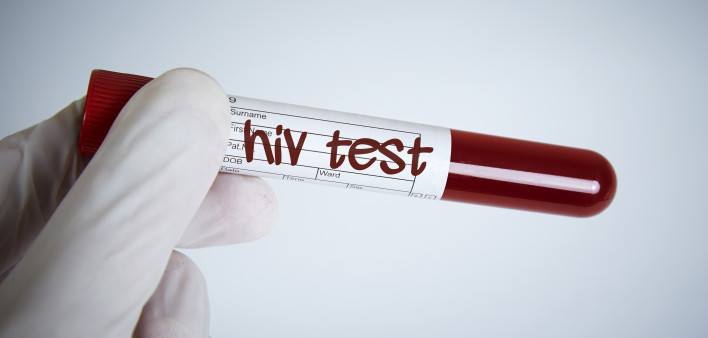The federal government’s nascent “Ending the HIV Epidemic” plan, first announced by President Trump a year ago, offers the chance to find undiagnosed cases of the virus among African Americans in particular and to bring into care those diagnosed previously who are not seeing a health care provider regularly.
Publishing their findings in the Morbidity and Mortality Weekly Report, Centers for Disease Control and Prevention (CDC) researchers analyzed data on HIV testing, linkage to medical care for those diagnosed with the virus and partner services (when public health workers interview newly diagnosed people and contact their sex or needle sharing partners on their behalf) submitted to the National HIV Prevention Program Monitoring and Evaluation system. The data were submitted by 61 CDC-funded health departments and 150 CDC-funded community-based organizations.
The plan’s so-called Phase 1 will concentrate on stepping up the fight against HIV in 50 jurisdictions that accounted for more than half of new diagnoses during 2016 to 2017 as well as seven states with disproportionate rates of HIV in rural areas. The new analysis focused on these hot spots, with a particular focus on African-American residents.
During 2017, 3.1 million CDC-funded HIV tests were conducted in the United States, including 2.0 million conducted in Phase 1 jurisdictions.
Broken down by age group, sex, region and race, the highest proportion of HIV tests conducted in the Phase 1 jurisdictions were among people in their 20s (who made up 36% of tests conducted), men (52%), those in the South (57%) and Blacks (43%). By comparison, 22% of the tests were among whites and 22% were among Latinos.
Sixty-nine percent of the HIV diagnoses occurred in Phase 1 jurisdictions. People in their 20s, males, people in the South and Blacks made up 43%, 83%, 49% and 49% of new diagnoses, respectively. Of all tests conducted, 0.5% had positive results among Blacks, and 0.5%, 0.3% and 0.3% had positive results among Latinos, whites and Asians, respectively.
In 2017, CDC-funded testing programs identified 11,427 people who had previously been diagnosed with HIV but who were not known to be receiving medical care for the virus. Seventy-eight percent of those people were in Phase 1 jurisdictions. People previously diagnosed but out of care were predominantly in their 20s (30%) or 30s (28%), male (78%), Black (59%) and lived in the South (62%). A respective 17% and 15% of those previously diagnosed with HIV but not in care where white and Latino.
Among the 844,819 Blacks tested for HIV in Phase 1 jurisdictions in 2017, 38% were in their 20s, 50% were male and 63% were in the South.
Of the 4,007 Blacks who were newly diagnosed with HIV, 79% were linked to care within 90 days, 71% were interviewed for partner services and 82% were referred to HIV prevention services.
“This analysis found that HIV testing services supported by CDC funding are an important resource for identifying persons with new and previously diagnosed HIV infection who are not in care, especially in Phase 1 jurisdictions,” the study authors concluded. “Testing sites in Phase 1 jurisdictions are especially critical for Blacks, who account for the largest numbers of persons tested, new diagnoses of HIV infection and persons previously diagnosed not known to be in care. Factors such as stigma, comorbidities and socioeconomic inequalities might increase Blacks’ risk for acquiring or transmitting HIV and limit access to quality health care, housing and HIV prevention messaging.”
To read the report, click here.







Comments
Comments